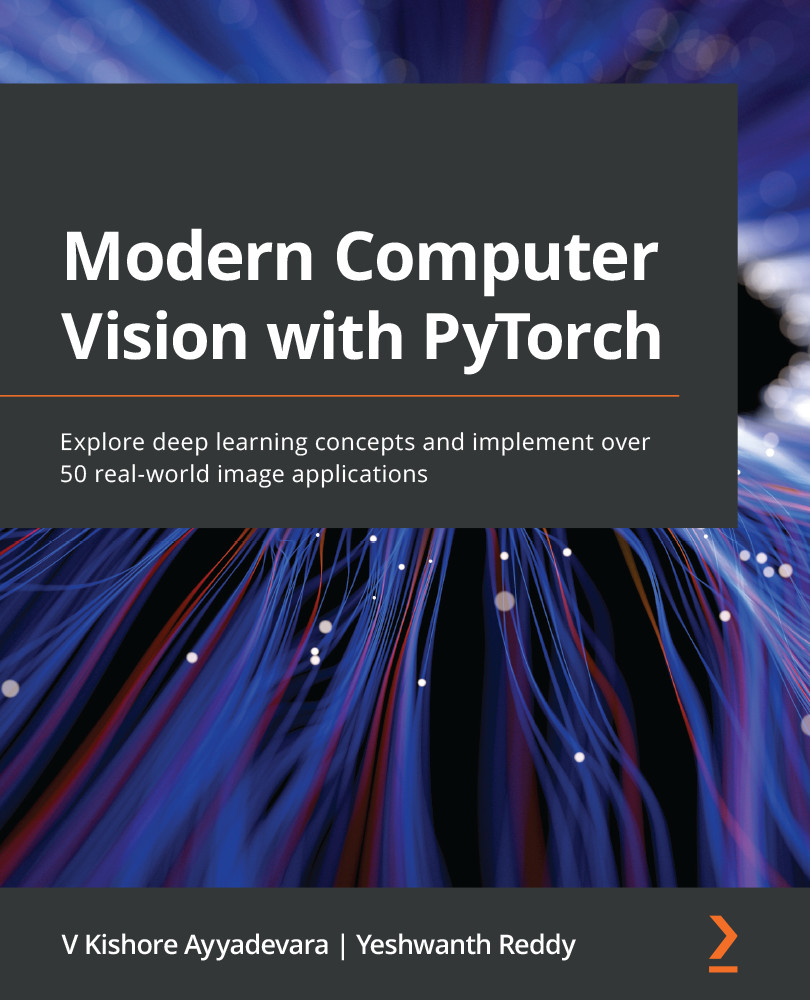Tensors are the fundamental data types of PyTorch. A tensor is a multi-dimensional matrix similar to NumPy's ndarrays:
- A scalar can be represented as a zero-dimensional tensor.
- A vector can be represented as a one-dimensional tensor.
- A two-dimensional matrix can be represented as a two-dimensional tensor.
- A multi-dimensional matrix can be represented as a multi-dimensional tensor.
Pictorially, the tensors look as follows:

For instance, we can consider a color image as a three-dimensional tensor of pixel values, since a color image consists of height x width x 3 pixels – where the three channels correspond to the RGB channels. Similarly, a grayscale image can be considered a two-dimensional tensor as it consists of height x width pixels.
By the end of this section, we will learn why tensors are useful and how to initialize them, as well as perform various operations on top of tensors. This will serve as a base for when we study leveraging tensors to build...


